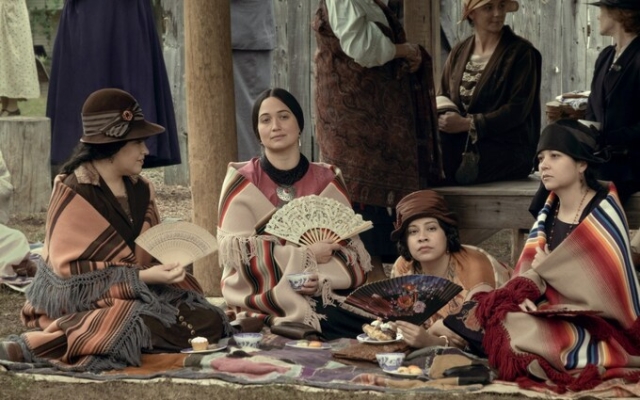 New Directions: A Scene from Martin Scorsese's Upcoming Film Killers of the Flower Moon Posted by Melinda Sue Gordon
New Directions: A Scene from Martin Scorsese's Upcoming Film Killers of the Flower Moon Posted by Melinda Sue Gordon
Imagine a Western and you I'll probably think about laconic macho cowboys, tumbleweeds and random murders on the high plains. But the Western hasn't always been viewed so harshly, and in the 21st century, old stereotypes of frontier life are being unraveled to reveal something fresh and new. To understand how the Western came to be—and to look into the future of the genre—you need to look at what came before.
The root from which modern fiction about the American frontier has evolved can be traced back to the captivity stories of the 17th century: born out of a violent encounter when Europeans clashed with indigenous cultures, these supposedly non-fictional tales of Christian kidnappings haunt our ideas of the Wild West.
Of these captivity stories, by far the most famous is Mary Rowlandson's The Sovereignty and Kindness of God (1682). This short pamphlet was written by Rowlandson herself, making her one of the first women writers in America. It vividly describes the events of 1675–1676, when a confederation of Wampanoag, Narragansett, and Nipmuc warriors raided the small settlement where she lived on the Massachusetts frontier.
The abduction of Rowlandson and her three children was heartbreaking as her six-year-old daughter Sarah tragically died in her arms. Eleven weeks later, Rowlandson was released after paying a ransom, and her memoirs, reprinted several times in New England and across the Atlantic, became an early bestseller. Its enormous popularity can be attributed to the thrilling nature of the bloodshed and suffering it contained — satisfying a terrible appetite that readers were unable to overcome in subsequent centuries — as well as the way it satisfied Puritan ideals of redemption through suffering.
The new genre also acted as powerful propaganda, convincing European and colonial readers not only of the barbarity of Native Americans, but also of the divine right to seize their land and kill them. “It is a solemn sight to see so many Christians lying in their blood, some here, some there, like a flock of sheep torn to pieces by wolves,” wrote Rowlandson, turning her captors into something animal and alien, “all of them stripped naked in the company of the hounds of hell.” , roaring, singing, ranting and insulting, as if they were ready to tear out our very hearts.”
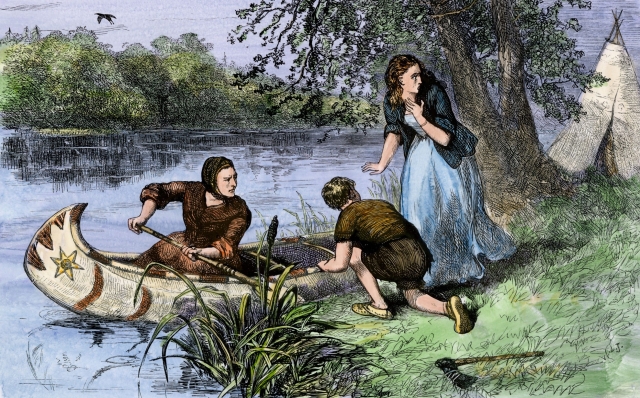 Women's stories of captivity and escape were the oldest forms of the West. Photo: North Wind Picture Archives/Alamy Stock Photo
Women's stories of captivity and escape were the oldest forms of the West. Photo: North Wind Picture Archives/Alamy Stock Photo
More stories of captivity followed, often in the form of narratives compiled by church officials. One of these concerned the story of Hannah Duston, who, having seen her child's brains smashed against a tree by local captors, rose up one night with two other captives, killed and scalped the entire local family who were holding them, including their six children. She was made a heroine by becoming the first American woman to have a statue erected in Boscawen, New Hampshire, where she killed her captors.
Herein lie the seeds of the Western and the formation of American identity: a man surrounded by a hostile world; bloody feud; assertion of the superiority of the colonizing forces; nature as an enemy that must be fought and defeated; and the praise of expansionism as proof of Christian piety.
The first professional American writer to take up these threads and weave them into fiction was James Fenimore Cooper, born in 1789 and raised in what was then the outskirts of upstate New York, Cooperstown, a village founded by his father. Some two centuries later, I too was born and raised in Cooperstown, and I have a deep love for Cooper, and not just because he was the only writer I could call a relative when I was a child—I could climb his statue at Cooper -park, three blocks from my house, and sit on his cold bronze lap whenever I want — but also for the sake of my own dignity. They do exist, even if his literary reputation never recovered from Mark Twain's attacks on it: among his many complaints, Cooper's English was «a crime against language» and his «love scenes» were «odious.» »
It may be true that Cooper's characters are mostly wooden, but his nature writing is gripping, sensitive, and full of astonishing insight. And while his stories may seem problematic to 21st-century readers for whom the authors' historical biases are unforgivable sins, Cooper did not subscribe to the demonization of Native Americans typical of his time. There are no better, kinder, more loving people in all his work than Chingachgook and his son Uncas, the main characters of The Last of the Mohicans. Cooper's early 19th-century frontier narratives contained far more complexity and subtlety than later versions of the genre allowed.
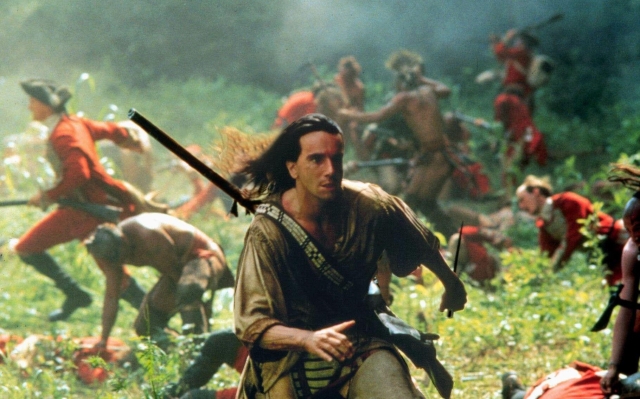 Noble Savage: Daniel Day-Lewis in The Last of the Mohicans (1992). Photo: AJ Pics/Alamy Stock Photo
Noble Savage: Daniel Day-Lewis in The Last of the Mohicans (1992). Photo: AJ Pics/Alamy Stock Photo
In Leatherstocking Tales, a series of five novels published between 1823 and 1841, Cooper's protagonist, lumberjack Natty Bumppo, also known as Hawkeye, Tracker, and Deerslayer, became the masculine lone hero archetype of countless Westerns that bubbled through the centuries. after him. The author drew on Old World traditions to shape his New World hero, making him a kind of knight-errant. On this original figure of the warrior, a national identity began to take shape. This character was diminished in ever-paler versions until finally we arrived at the stoic, murderous, strong-jawed, tobacco-smoking cowboy familiar throughout the world.
The American Dream, the pursuit of happiness and freedom in The New World for everyone (except those whose lives and land were taken from them) eventually became a dream of a lone hero, not connected to any community, driven by nothing. greater than his own desire. The Western seemed doomed to be nothing more than highly enjoyable entertainment designed to maintain this status quo: the adventures of a stoic frontiersman with schoolboy politics.
And yet, as the border moved further across the continent and over time, in the second half of the 20th century, things became even stranger. It was then, in my opinion, that the Western genre began to open up. In academic circles, the school of New Western History advanced a much darker vision of the West and emphasized the cost at which it was settled, in contrast to the expansionist orthodoxy of rugged individualists taming the wild frontier.
Artists, in turn, took up the frontier narrative and turned it upside down. If entertainment is designed to maintain the status quo, to make the comfortable even more comfortable, then art is to shake the roots of acquired knowledge, turn it inside out, put it in an awkward position, make it strange. From the stereotypical spaghetti westerns that encouraged Americans' devotion to the individual and their antipathy to the public good emerged Cormac McCarthy's scathing critique of the brutal, toxic, hypermasculine West.
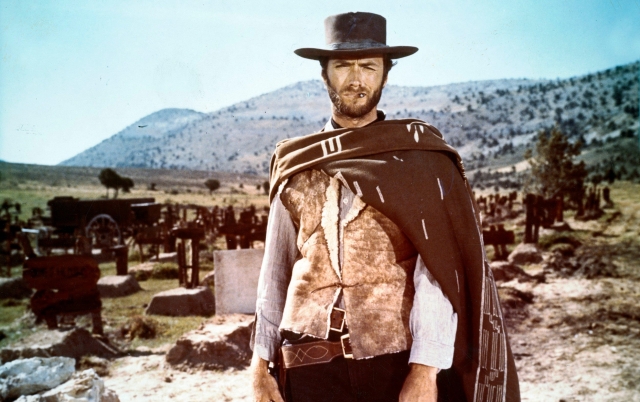 School politics: Clint Eastwood in The Good, the Bad and the Ugly (1966). Photo: United Archives
School politics: Clint Eastwood in The Good, the Bad and the Ugly (1966). Photo: United Archives
For example, if you read McCarthy's Blood Meridian (1985) as if it were glorifying senseless violence, I'm afraid you're not really reading the book he wrote: there are no heroes, no good guys, no real living women in this novel , only men and boys with guns, killing each other in hyper-subtle Elizabethan rhythms, the vividly described natural world a disinterested observer of the carnage. The following decades were littered with subverters of the frontier concept. Annie Proulx brilliantly brought the simmering homoeroticism of Western narratives to a boil in her 1997 story Brokeback Mountain, about the failed love affair between two cowboys, which Ang Lee adapted into a superb film in 2005.
Recently, writers such as Hernán Díaz and Hsi Pam Zhang have reworked frontier storytelling in their debut novels Far Away (2017) and How Much Gold Is in These Hills (2020). Zhang's book makes her western's protagonist both Chinese-American and gay; In this way, it not only undermines the heteronormativity of the genre, but also centers the lives of the people seen in traditional Westerns only on the periphery.
“What shocks me about the Western as a genre is that it should have become a seminal work of American fiction: it glorifies and romanticizes all the worst aspects associated with the imperial consolidation of this territory as a nation—genocide, racism, misogyny, theft of nature, vigilantism , a gun fetish,” Diaz told me when asked about his subversion of the Western. “And yet… for a long time it occupied a marginal position in the canon. By capturing and repurposing this somewhat neglected form, I also hoped to critique [its] ideological clichés.”
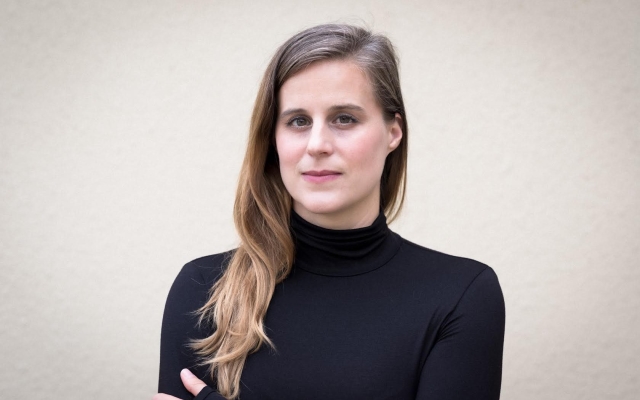 By Lauren Groff
By Lauren Groff
In my forthcoming novel, The Vaster Wilds, I am also trying to dissect frontier history as it was known, from start to finish and turn it inside out. Taking the almost universally male frontier narrative back to its roots, my protagonist would be a woman, illiterate, poor, desperate: a 17-year-old servant forced to flee Jamestown, the first permanent English settlement in North America, during the brutal winter of 1610.
However, her captivity was not the kind of captivity that readers in the oldest narratives might suspect; her suffering will not follow the path of the expected Protestant redemption. The accepted ideas of superiority in all possible directions would crumble into dust in the hands of my protagonist. Nature would not be a thing to be dominated, but rather a thing to be respected.
Westerns come and go—their popularity waxes and wanes—and they're constantly being remade: Martin Scorsese's adaptation of David Grann's 2017 crime book Killers of the Flower Moon, which tells the story of a series of mysterious murders committed in the 1920s against members of the Osage Nation in Oklahoma after rich oil deposits were discovered on their land, prompting an FBI investigation. If anything, the film confirms how the idea of the frontier and seemingly timeless creation myths have given way to revelations about a particularly genocidal form of American capitalism.
However, if there is a future for the Western, when the Earth begins to feel like too small and too painful a skin, it will almost certainly not be in the most anticipated of the world's countries. directions. Where can we find the border now? Not on other planets: stories of interstellar colonization (who will get to Mars?) only repeat old, tired stories of one-upmanship. Of course, we can dream of something other than one hero riding his horse to save the day.
Perhaps the most radical way to remake the Western is to go back in time and return to the genre's seminal—and often female—voices to broaden the center of interest to include those that history has forgotten; listen to them, finally, without the distortions of propaganda.
The Vaster Wilds by Lauren Groff (Hutchinson Heinemann, £20) publishes September 28; Killers of the Flower Moon will be released on October 20.













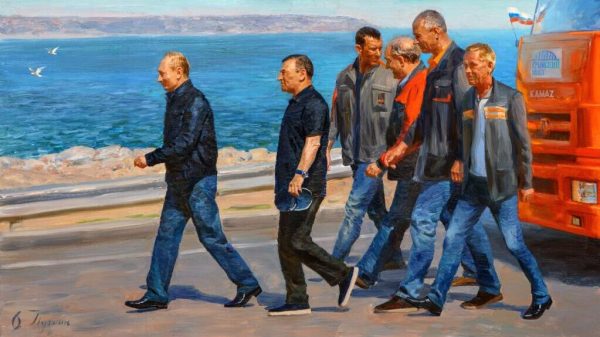



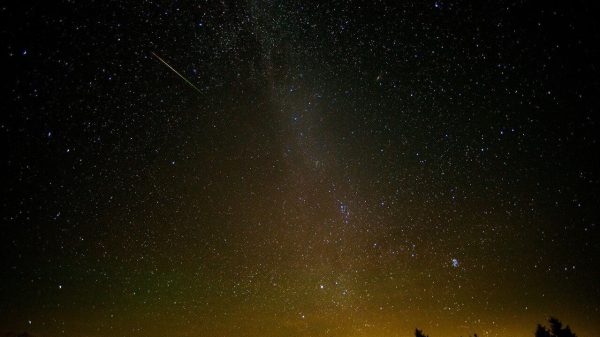
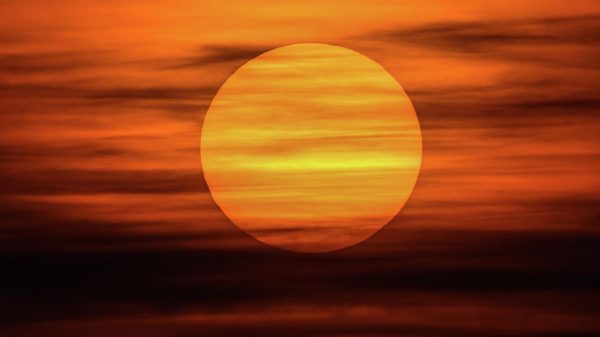
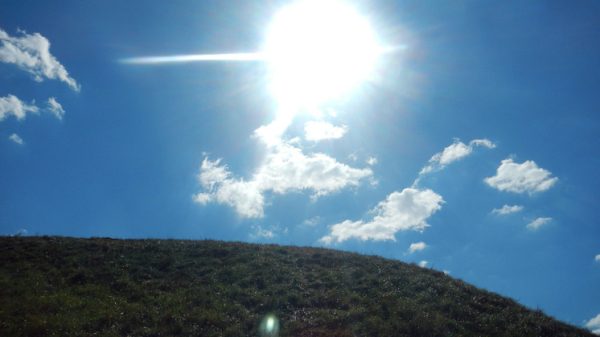















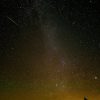


















Свежие комментарии